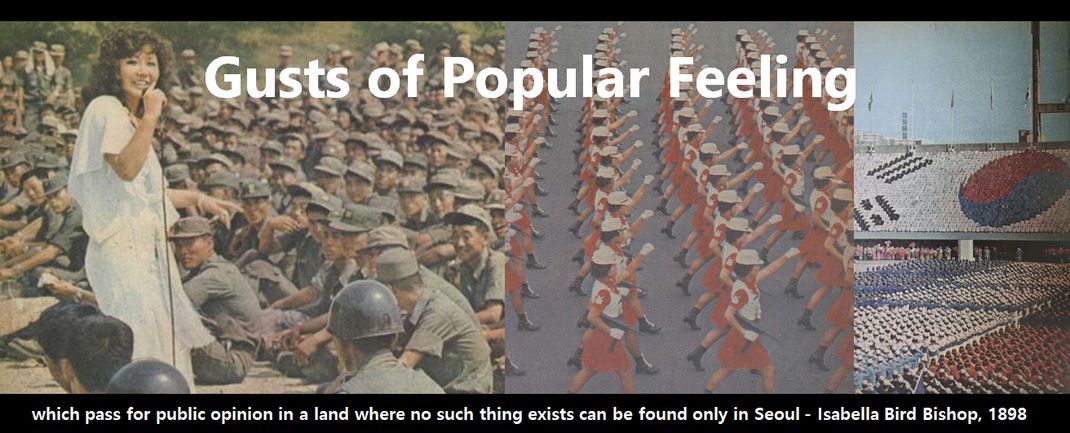Currently, there are 50,666 F-4 visa holders and 22,018 E-2 visa holders as of December 2009, according to KIS. Among those with F-4 visas, the government does not know how many are involved in English teaching.Considering the uproar over the three recent cases involving Korean-Americans (46 articles related to these cases at Naver (though some are due to multiple broadcasts by YTN and other networks)), you'd be forgiven for wondering if the title of this article referred to Korean Americans: "Seoul Slams Doors Shut for Ethnic Korean Workers."
It's worth noting however that only one reference to the relation between the F-4 visa and the ability of ethnic Koreans to work as English teachers without background checks has turned up:
[학원관계자 : 외국인 강사면 확인을 하는데 교포들은 F4 비자(재외동포비자)만 있으면 되니까 검증을 안 해도 대학은 나왔겠거니 하고 넘어가는 수가 있죠.]Otherwise, no other references to the differences between E-2 and F-4 visa-holders has turned up in the media.
As the aforementioned article about 'slamming the door shut on ethnic Korean workers' reveals,
A committee of labor officials attached to the ministry decided Wednesday to open the quota of E-9 foreign workers to 24,000, up 7,000 from the last year's 17,000.According to 2008 statistics, (compared to 50,666 F-4 visa holders for 2009), there were 299,332 H-2 visa holders from the following countries: Korean Chinese, Uzbekistan, Kazakhstan, Kyrgyzstan, Tajikistan, Korean-Russian, Russia:, Ukraine, Belarus and Moldova.
About 19,000 are allocated for the manufacturing industry; 2,000 in the cattle-farming and agricultural fields; and the rest in construction and others.
But the number of H-2 visas will fall to zero from 17,000.
"The decision follows the domestic employment market's demands. Permitting workers from overseas was originally intended as a substitute for domestic workers. With the unemployment rate hitting its highest rate ever, it is time to secure more positions for domestic workers," a key official inside the ministry said.
He said many employers made more requests to the government for E-9 workers over H-2 workers. "Foreign workers have limited choices - they are allowed to switch their workplace no more than three times during the three year-visa validity. But H-2 holding ethnic Koreans have more liberty in choosing their employers," he said.
According to a separate report by the ministry, most E-9 workers are engaged in the manufacturing and agricultural fields, which are not favored by Koreans. H-2 workers mostly work at construction sites or in the services sectors such as restaurants that are considered relatively prestigious.
The visa was started in 2007; more information can be found here and here.
There were 190,776 E-9 visa-holders at the end of 2008. As noted above, 17,000 were allowed to come last year, compared to 24,000 this year, but it also notes that "More than 55,000 people applied for the E-9 visa in the first quarter of last year" showing the demand for the visa.
As noted here, Filipina English teachers have complained about their treatment in comparison to white foreigners; one wonders how H-2 visa holders feel about F-4 visa holders, as there will likely be no move to cut off applications for F-4 visas any time soon.

No comments:
Post a Comment